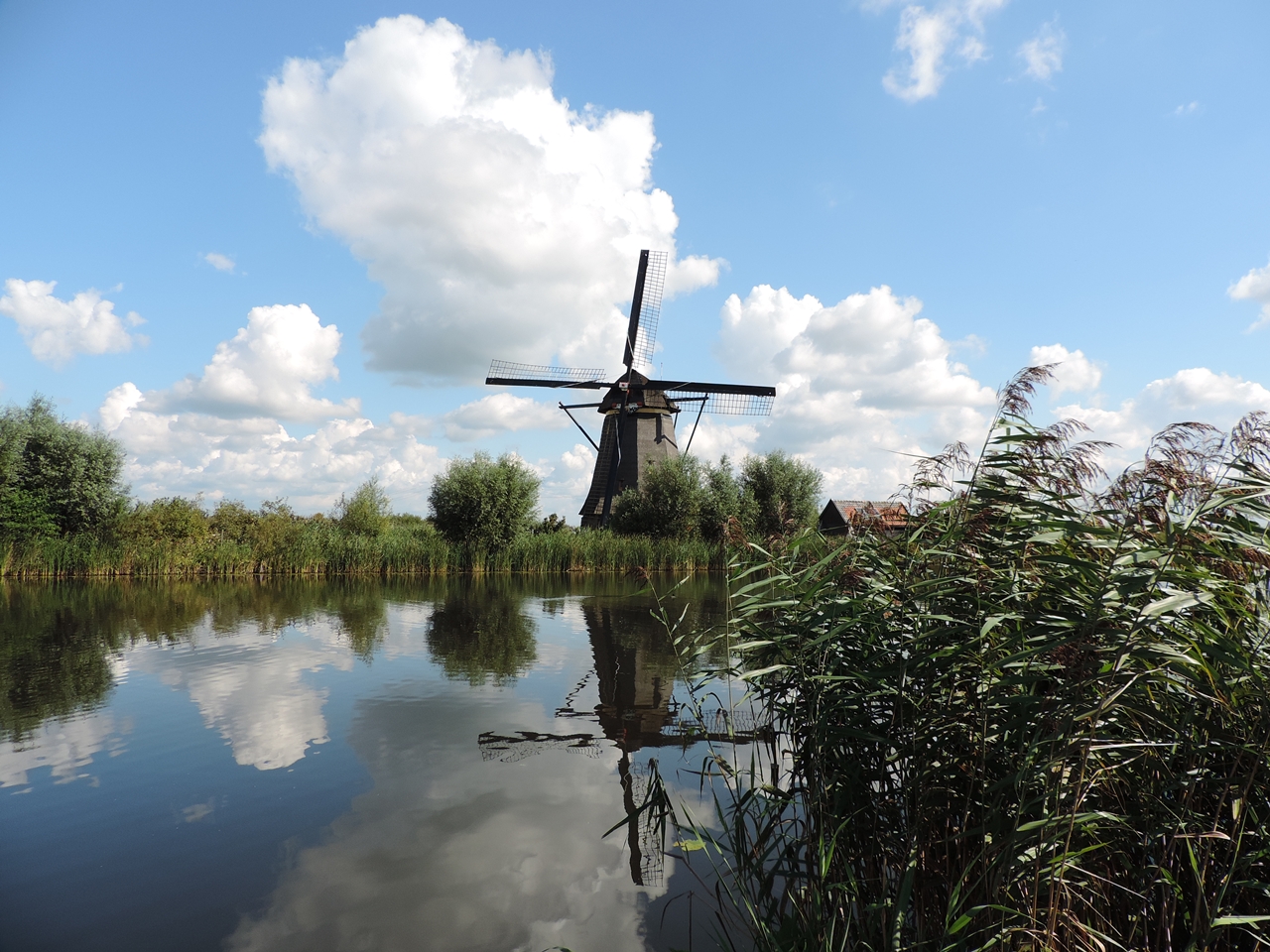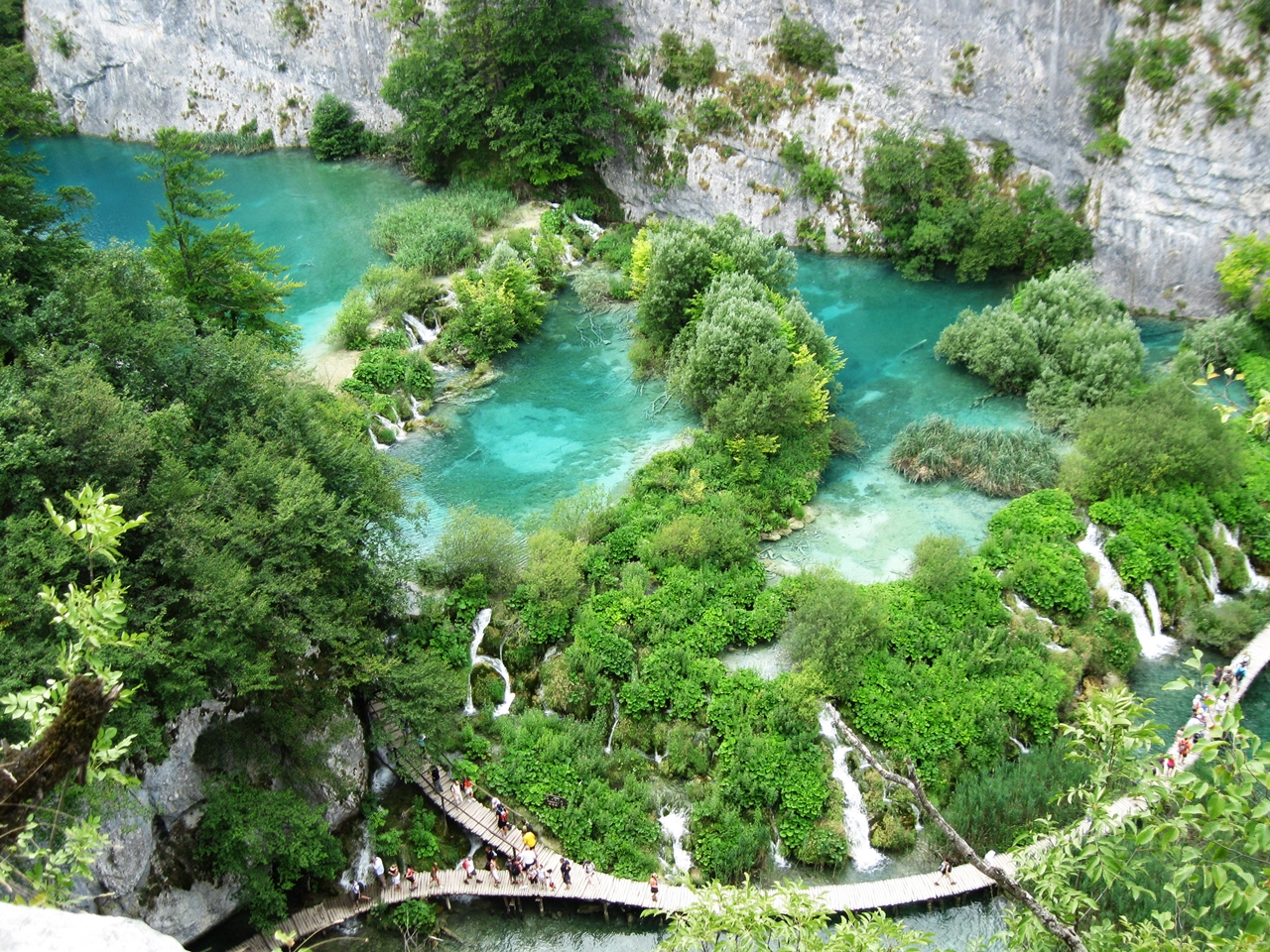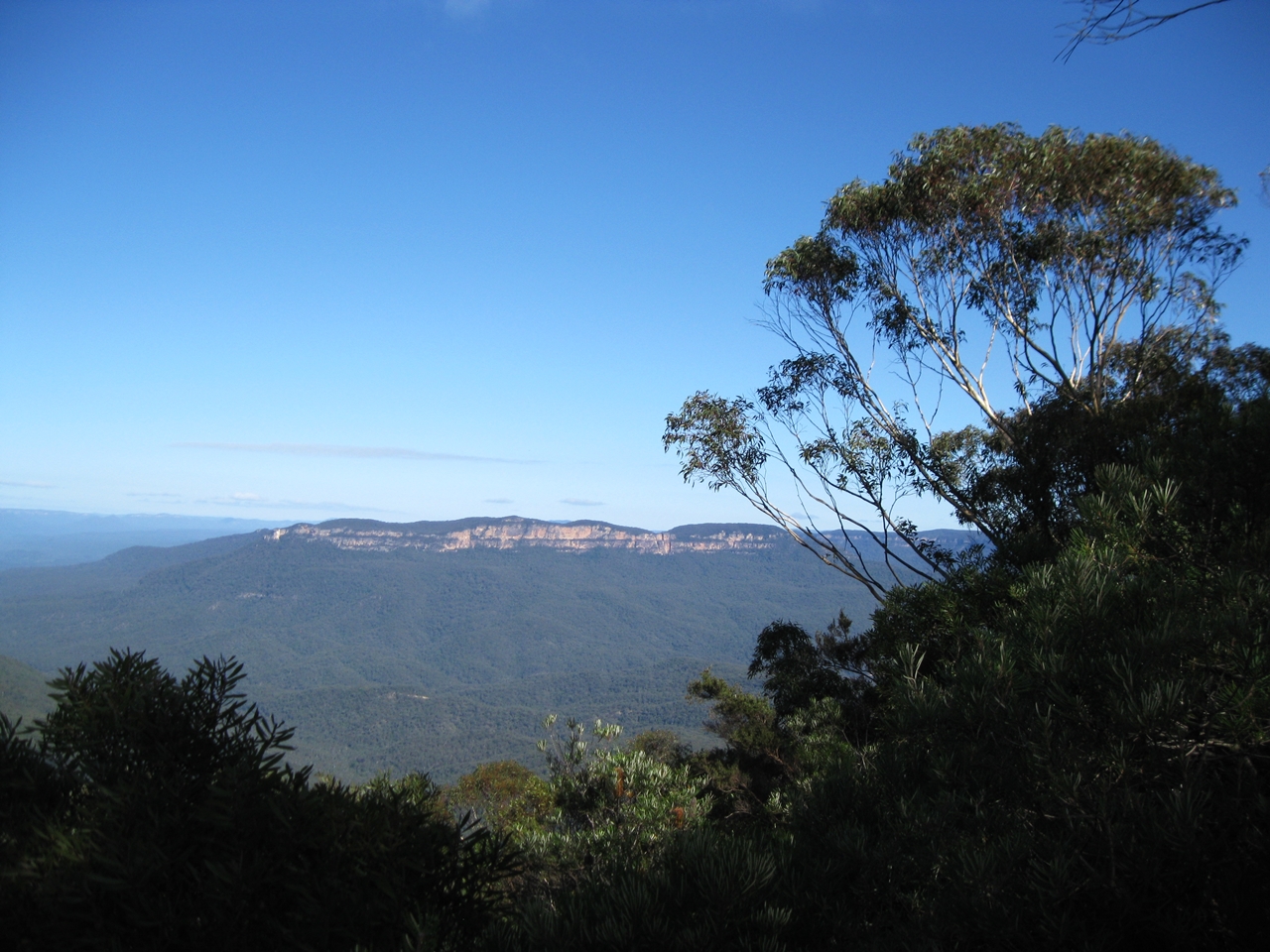Whenever I think of the Netherlands, the first image that comes to my mind is of flat, green country, divided by countless canals and dotted with windmills. In truth, there are only a few places left where you actually have an abundance of windmills, and one of them is the World Heritage Site Kinderdijk.
Tag: Favourites
Plitvice Lakes
Plitvice Lakes National Park in Croatia just has to be one of the prettiest World Heritage Sites I have visited so far. The vast hilly woodlands, the streams, waterfalls and… Read More
The Blue Mountains
The Greater Blue Mountains Area is one of Australia’s many natural heritage sites. Easily accessible from Sydney, a visit should not be missed. On my last vacation down under, I… Read More
Aachen Cathedral
My friend Jessi and I were in for an extra special treat: we had a chance to participate in a guided tour of Aachen Cathedral (Aachener Dom). This wasn’t one… Read More




